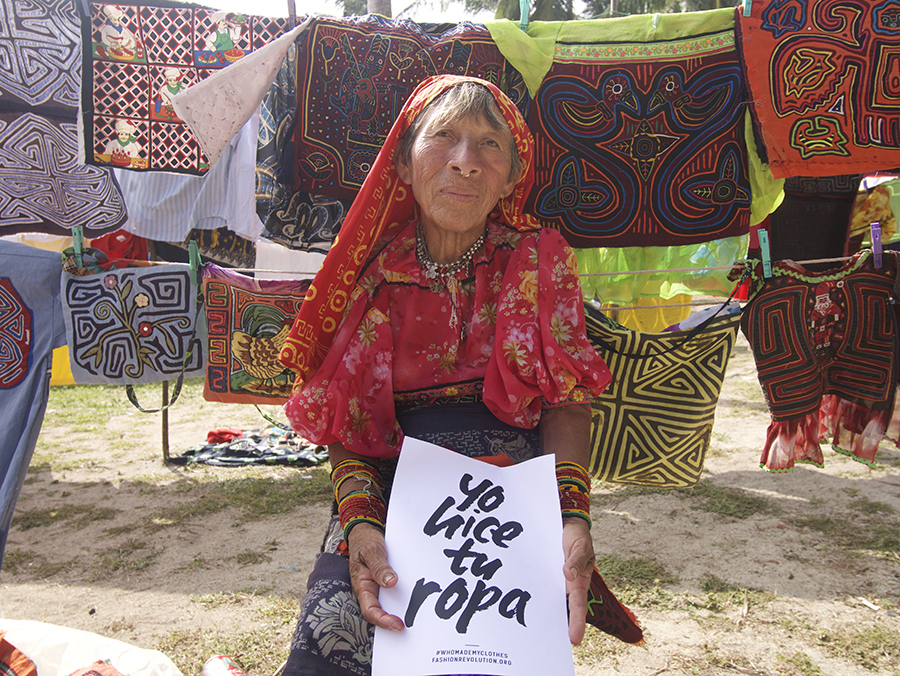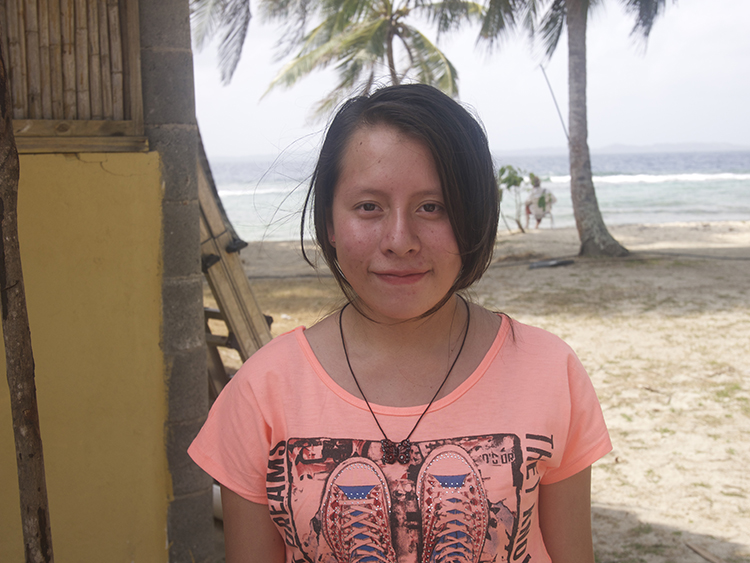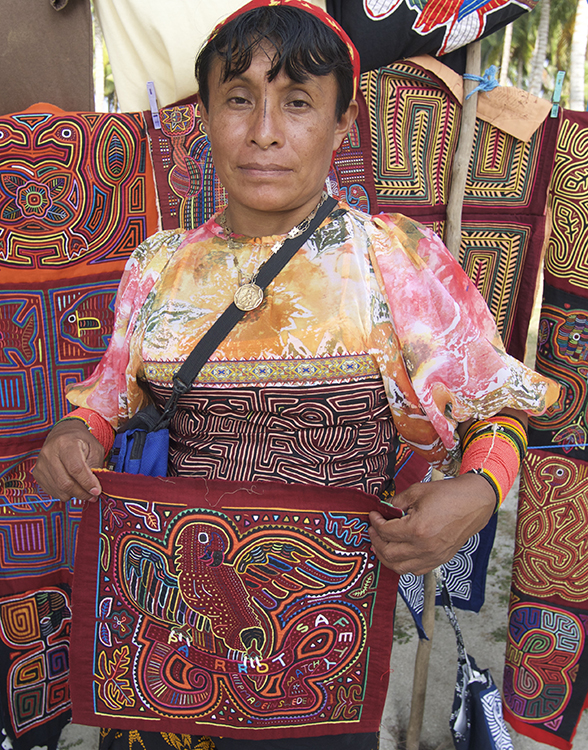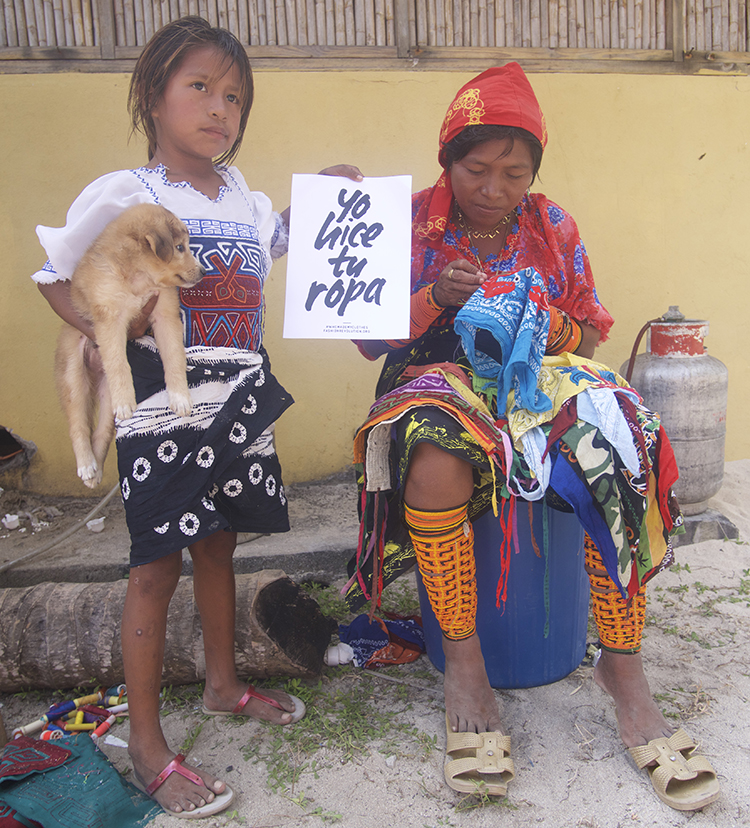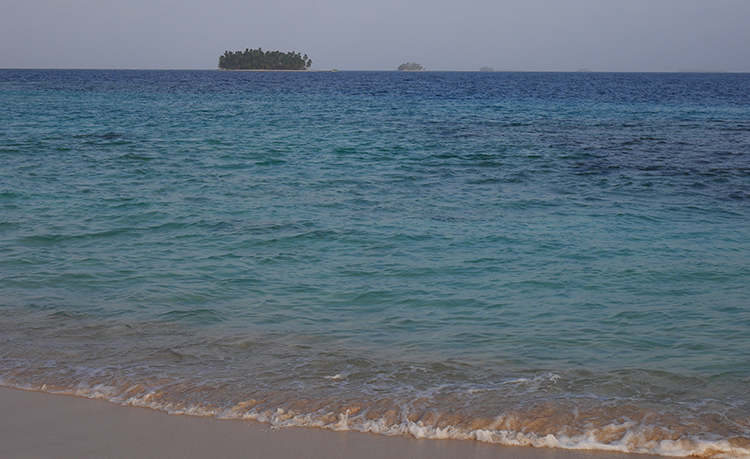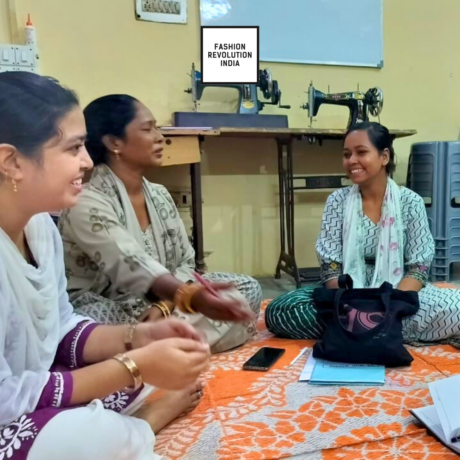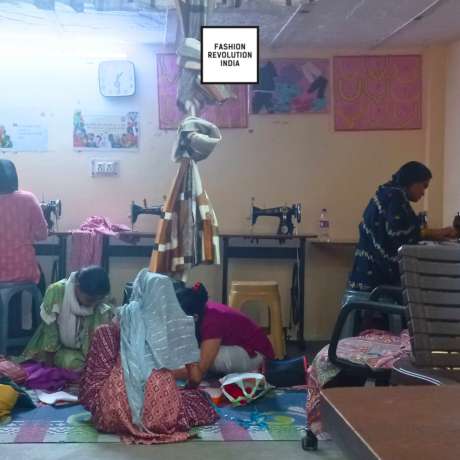Meet the Guna: Makers of Molas
Yesterday I fulfilled a long-held dream and visited Guna Yala on the San Blas islands, off the Caribbean coast of Panama. The purpose of my trip was to meet the skilled women who create molas.
The Guna were driven from their original home in Colombia In the 16th century by Spanish colonists, north through the Darien rainforest region to the coast of Panama. From there, they migrated to the semi-autonomous region where they live today called Guna Yala, an archipelago of coral islands in the Caribbean off the coast of Panama.
16th century manuscripts describe Guna women paying careful attention to their appearance with elaborate body painting, skirts of pounded bark, necklaces and a nose ring. In the mid-18th century, European settlers introduced cloth to the islands and the started to paint it in the same way they had painted their bodies: black from jagua juice, red from annatto juice, and yellow from turmeric root.
The term mola originally meant bird plumage. It later became the Guna word for clothing and is now used solely for the double panel, front and back, on their blouses. Some of the Guna’s first games will involve pretending to make molas and they will later create their first blouse to wear during the puberty ceremony. At death, they will be buried with their molas.
The technique used to make molas is known as reverse appliqué. A Guna woman will put several pieces of cloth, often recycled, on top of each other and tack them together. She may have draw her design first, but often she just follows her imagination as she starts to cut a design into the top layers. Only the bottom layer remains intact and becomes the background. The colour of each layer is revealed as she cuts out her design. Once the reverse appliqué design is complete and the edges finely hemmed in matching thread, she will often add positive appliqué and embroidery to complete her mola.
Initially, mola designs were geometric patterns which reflected their body painting and jewellery. Inspiration from their surroundings was later introduced: flowers, birds, fish and sea creatures are common motifs.
On the island of Icodub, I met Crichel, a shy 16 year old. There are few opportunities on the islands, other than fishing and tourism. Although there is a primary school, Crichel had to move to Panama City for her secondary education. Her mother, Migdalia Chiari, moved to Panama City when she was younger to train as a designer, but ran out of money to complete her studies . Crichel’s dream is to follow in her mother’s footsteps and train as a designer, bringing the mola designs of her culture to the catwalk.
I am particularly interested in transitional art, the result of acculturation creeping in to traditional designs. I resisted the Dora the Explorer mola, mainly because it only used positive appliqué which is becoming increasing popular as it requires less skill and time, but purchased one based on a Swedish box of Parrot matches which had been left by a visiting tourist. Despite outside influences from the media and tourism, the Guna have managed to retain a balance between between infiltration from the modern and their traditional way of life.
However, there is another threat to the Guna cultural traditions: climate change. As sea levels rise, these islands are experiencing regular flooding and will eventually become submerged and the 30,000 people who live in Guna Yala will have to move to the mainland. Whether Guna cultural traditions, including the making of molas, will survive this relocation remains to be seen.




